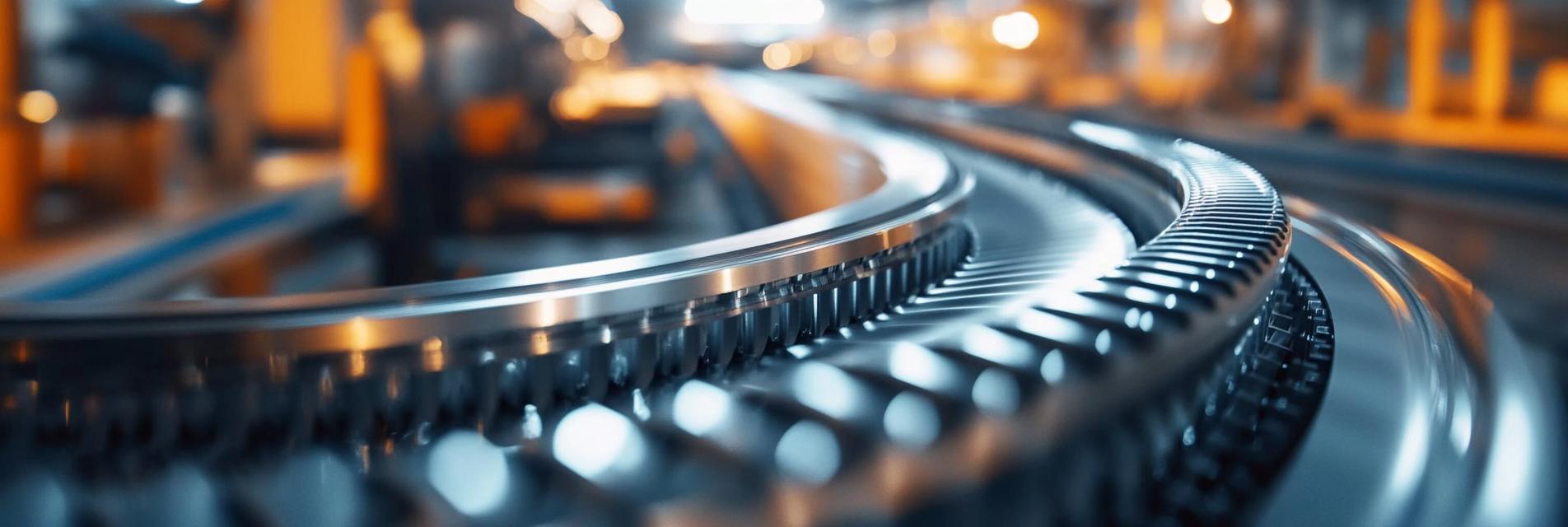U-shaped screw conveyors are widely used in many industries for transporting bulk materials. The effectiveness and longevity of these systems largely depend on their design and the materials selected for their construction. In this article, we will discuss key considerations that engineers and designers should keep in mind when developing U-shaped screw conveyors.
The design of a U-shaped screw conveyor must accommodate the specific needs of the materials being handled. Key design factors include:
The length and diameter of the conveyor affect the flow rate and the amount of material that can be transported. Calculating the ideal dimensions ensures efficient operation.
The pitch of the screw provides a balance between efficient conveying and potential blockage. A suitable pitch ensures smooth flow and minimizes material degradation.
Selecting the right motor and drive system is crucial for achieving the desired operational capacity and reliability, as it directly influences the overall machinery performance.
Choosing the appropriate materials is fundamental for the durability and efficiency of U-shaped screw conveyors. Here are some vital points to consider:
Material properties, such as hardness, corrosion resistance, and wear resistance, play a significant role in the operational lifespan of the conveyor components.
It is essential to select materials that can withstand the environmental conditions of the operation, including temperature fluctuations and chemical exposure.
While choosing high-quality materials may involve a higher initial investment, it often results in reduced maintenance costs and extended service life, making it a more economical choice in the long run.

The design and material selection of U-shaped screw conveyors are crucial factors that can significantly impact their effectiveness in various industrial applications. By carefully considering these aspects, engineers can enhance the performance and longevity of these vital pieces of equipment.
